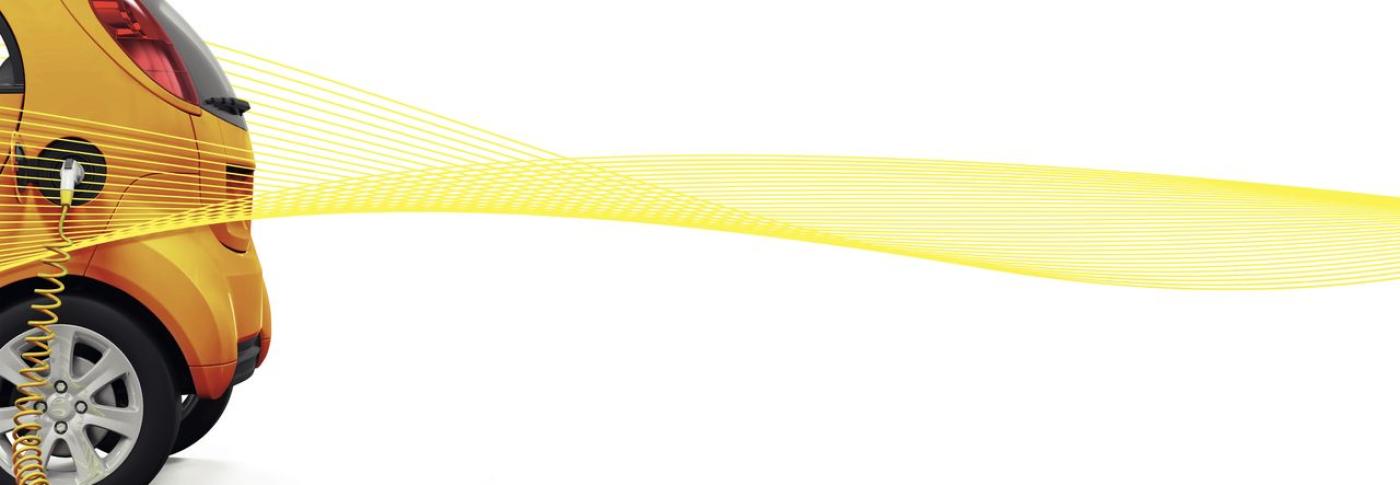
UK must align EV market to meet renewable needs
31 Jul 2019 - 3 minute read
Continuing the conversation on the ESO’s Future Energy Scenarios 2019, Kayte O’Neill, Head of Regulation and Strategy, looks at the report’s third key message - electric vehicles.
“Electric vehicles can help decarbonise both transport and electricity supply for Great Britain. The market needs to align vehicle charging behaviour to complement renewable generation and meet system needs.”
This is a message that will resonate with most people. The spotlight on reducing carbon emissions has been served more by electric vehicles (EVs) than perhaps any other form of action and EVs are becoming more widely adopted by consumers.
What’s more, the negative publicity around diesel emissions has reinforced policy and public opinion in support of EVs. The UK Government’s Road to Zero plan sets out its ambition “to end the sale of new conventional petrol and diesel cars and vans by 2040”.
FES 2019 estimates that by 2050 there will be over 35 million electric vehicles on the road, with minimal use of petrol and diesel in two of the report’s future energy scenarios, whilst heavy-duty vehicles will continue to use liquid and gaseous fuels such as hydrogen out to 2050. This will reduce the total annual energy demand for road transport, which is currently around 500 TWh, to below 200 TWh by 2050.
Charging behaviour
Whilst we know that charging infrastructure improvements are needed to truly allow widespread adoption of EVs, recent insights from FES 2019 show that it is more than just the volume of chargers that’s important - charging behaviour is also critical.
New data used in FES 2019 shows that the daily peak demand for electric vehicle charging is expected to be later in the day than overall peak system demand. Another key development will be the use of smart charging, which enables the time vehicles are charged to be managed by the consumer or by a third party on their behalf. Policies that offer grants for home charging points for EVs will now require the use of smart charging technology.
This, along with vehicle-to-grid (V2G) technology, means that the batteries in electric vehicles can be considered a form of storage in the wider energy system, being able to respond to supply and demand signals by charging and discharging to and from the grid. As a result, EVs can help decarbonise both transport and electricity supply.
There are challenges. Because not all vehicles are always connected to the system, the available storage capacity from EVs varies in a way that differs from traditional energy storage systems. The transport and lifestyle needs of drivers will also override system signals and incentives for storage capacity.
Despite this, FES still estimates that by 2030, smart charging could shift 47 per cent of EV demand at peak. By 2050, V2G could offset 85 per cent of the remaining EV demand at peak.
As EVs continue to decarbonise both transport and electricity supply, it’s important that we don’t neglect the fact that the market needs to align vehicle charging behaviour to complement renewable generation and meet system needs.
